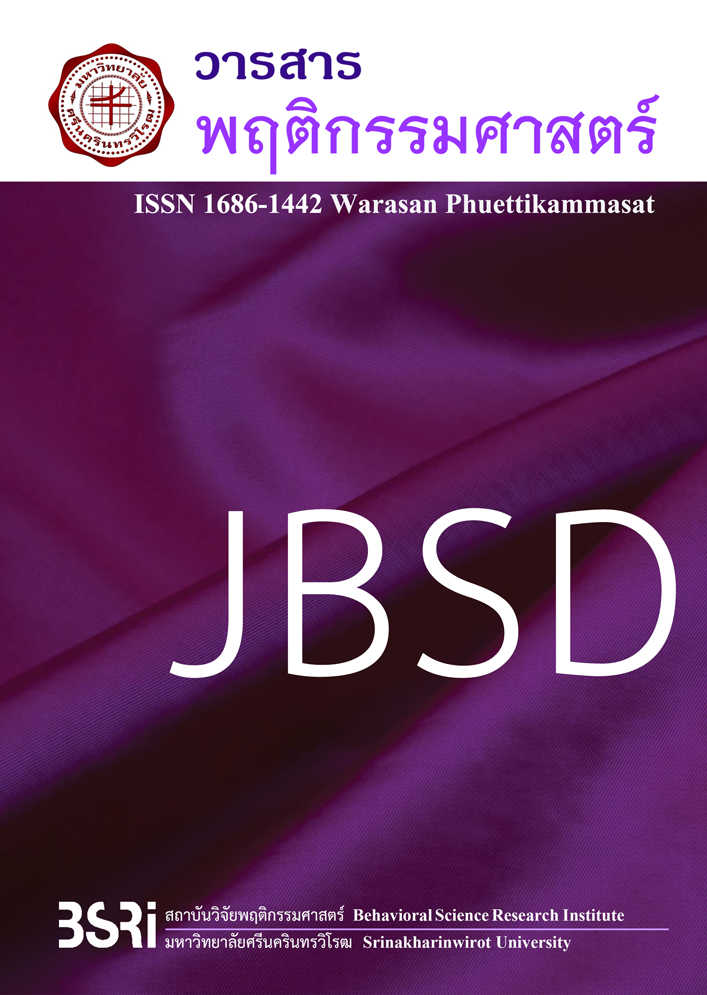The Development of Effective Team Model from TQA Awarded Organizations
Abstract
The objectives of this research were to develop and validate the proposed structural equation model of team effectiveness then estimate direct and indirect effect of variables toward to team effectiveness. Data were collected from the organizations which awarded Thailand Quality Award. Simple random sampling got 415 samples from 5 organizations included (1) Thai Acrylic Fibre Company Limited. (2) Counterservice Company Limited.
(3) Queen Sirikit National Institute of Child Health. (4) Maemoh Power Plant Electricity Generating Authority of Thailand. (5) CPF (Thailand) Public Company Limited: Poultry Processing Business Saraburi. The instrument used for collecting was a five-point Likert scales questionnaire with Cronbach’s alpha coefficient was equal to .994. Structural Equation Model analyses were performed using AMOS. The research findings showed that the proposed structural equation model of team effectiveness fit quite well with the empirical data set, (χ2 = 86.920, df = 69, p = .071, χ2/df = 1.260, GFI = .974, CFI = .997, NFI = .987, RMR = .007, RMSEA = .025) in addition teamwork values had direct effect on leadership, leadership had direct effect on team composition and team composition had direct effect on team effectiveness, at the .01 level of statistical significance. The direct effects are equal to .924, .803 and 1.508 respectively. Additionally, teamwork values had indirect effect on team effectiveness through leadership and team composition with indirect effect is equal to .792. The predictor variables: teamwork values, leadership and team composition, accounted for the variance of team effectiveness by 79 percentDownloads
Downloads
Published
How to Cite
Issue
Section
License
Behavioral Science Research Institute, SWU
114 Sukhumvit 23, Bangkok 10110, Thailand.
Tel.02-649-5000 # 17600



